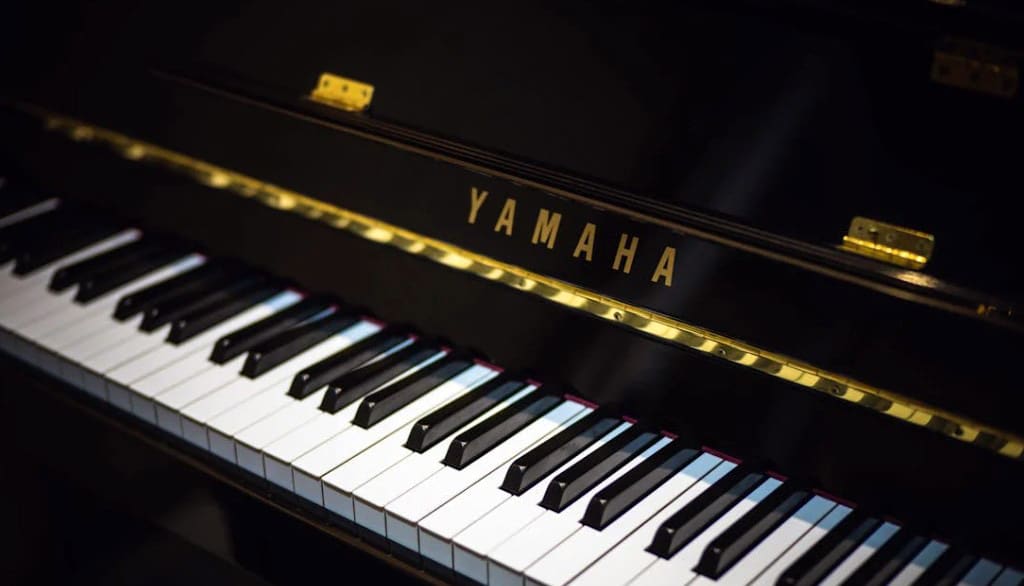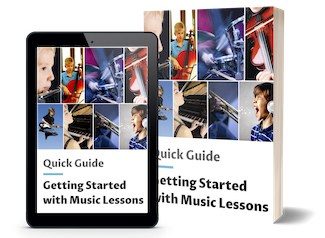When I first touched the Yamaha Piano 105, I was immediately struck by its compact, stylish design. This digital piano seamlessly integrates the authentic feel of a grand piano with the convenience of a portable instrument—ideal for both home and stage.
The Yamaha Piano 105 promises not just a sound but an experience, capturing the essence of a real acoustic grand. Whether you’re an aspiring beginner or a pro pianist, this musical instrument caters to all levels, inviting every player to explore and experiment.
Ready to explore what makes the Yamaha Piano 105 a standout choice? Let’s see how it fits into your musical journey.
Design and Build Quality
When talking about the Yamaha YDP-105, it’s essential to recognize its elegant design that echoes the classic look of an upright piano. Additionally, its well-engineered build enhances both the aesthetic appeal and the functionality of this digital piano.
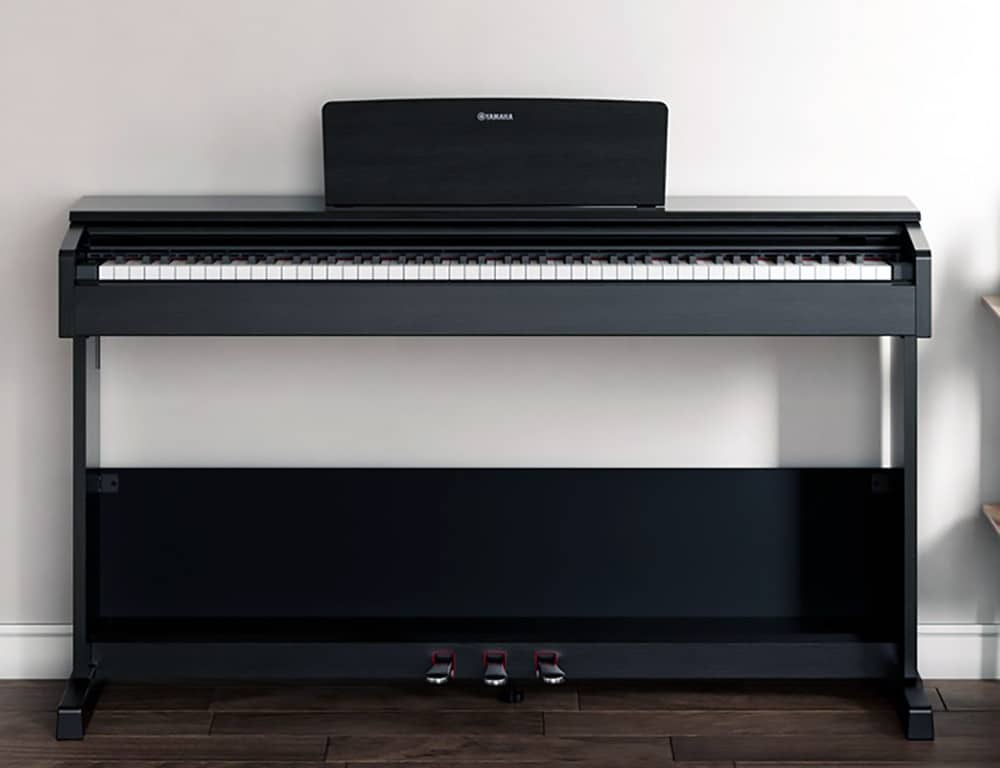
Dimensions and Portability
Compact Form: The Yamaha YDP-105 features a compact design, ideal for smaller living spaces without sacrificing style. Its dimensions make it a perfect fit for your home studio or living room setting.
Stationary Piece: This isn’t your go-to piano for on-the-road gigs. It’s crafted primarily for stationary use and has a solid build. The trade-off is its robust appearance, which blends beautifully with modern furniture.
Weight Considerations: Weighing comfortably within a manageable range, moving the YDP-105 involves some muscle but nothing too demanding. Think of it as a reliable, stay-at-home piano buddy, welcoming yet not overly mobile
Keyboard Features
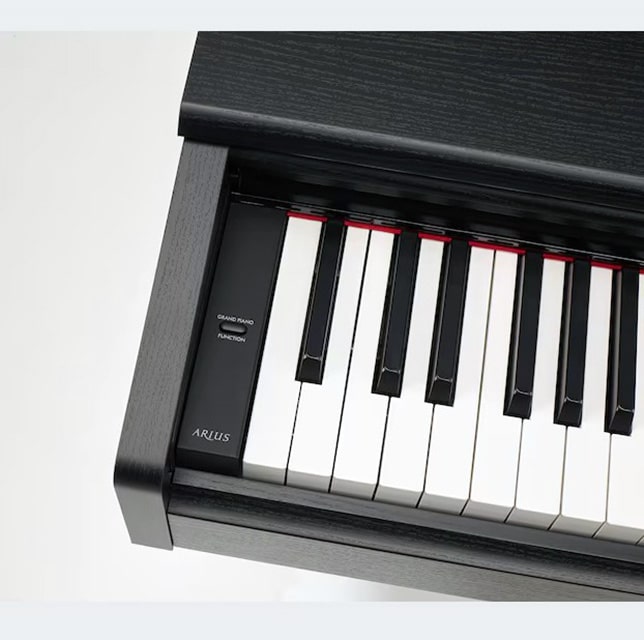
Graded Hammer Standard (GHS) Action: The YDP-105 boasts a GHS keyboard, which, with its weighted keys, simulates the feel of an acoustic piano. This provides an authentic touch response, which is crucial for any pianist like me who wants to achieve that genuine playing experience.
88 Keys: With a full set of 88 keys, it’s set up to match the feel and function of a traditional acoustic piano. When my fingers dance over these keys, it’s easy to appreciate the seamless blend of practicality and craftsmanship.
Key Cover Feature: Unlike its portable sibling, the P-125, the YDP-105 includes a key cover. This feature is a nice touch—it literally adds protection against dust and wear, ensuring that my keys remain pristine for longer playability intervals.
Technical Specifications
As someone who appreciates the art of creating beautiful music, I can confidently say that the Yamaha P-105 digital piano strikes a fine balance between technological innovation and traditional piano elements. With its remarkable sound technology and versatile connectivity options, it’s designed to suit both beginners and seasoned players.
Sound Technology
The Yamaha P-105 boasts an exceptionally authentic piano sound, thanks to the AWM Stereo Sampling technology. This technology ensures nuanced sound production, capturing the rich tones of each keypress.
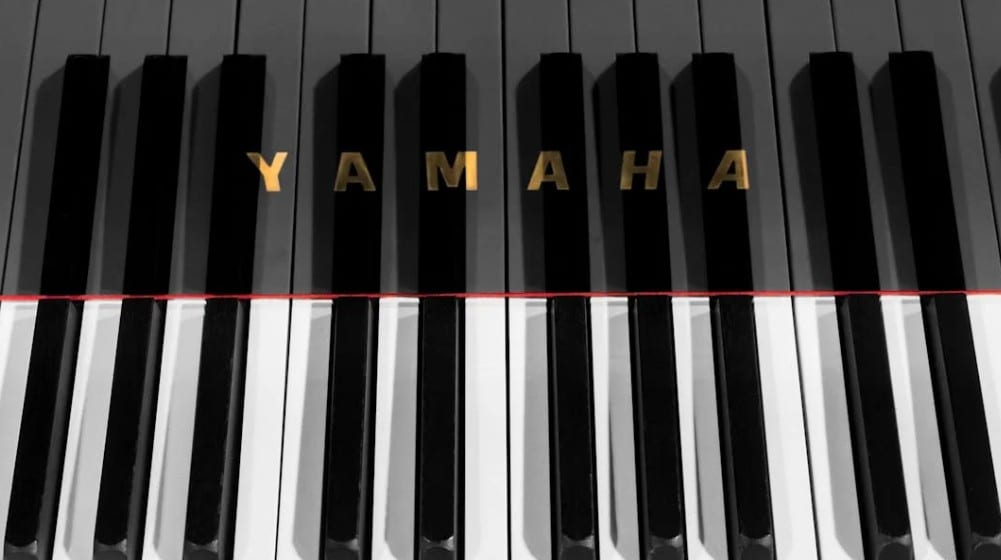
In essence, each note resonates with a luxurious tone that faithfully replicates an acoustic piano.
Sound Engine: The piano’s sound engine provides an impressive 128-note polyphony. This means even complex pieces, with multiple sustained notes, sound rich and full without dropping any notes.
Reverb: An array of built-in reverb effects adds depth to the music. Whether crafting the ambiance of a concert hall or an intimate chamber setting, these features enhance my performance and bring music to life.
Connectivity Options
Connectivity is where the Yamaha P-105 truly shines. It offers an array of options that keep it versatile and stage-ready, and it is exceptionally easy to integrate with various modern music equipment.
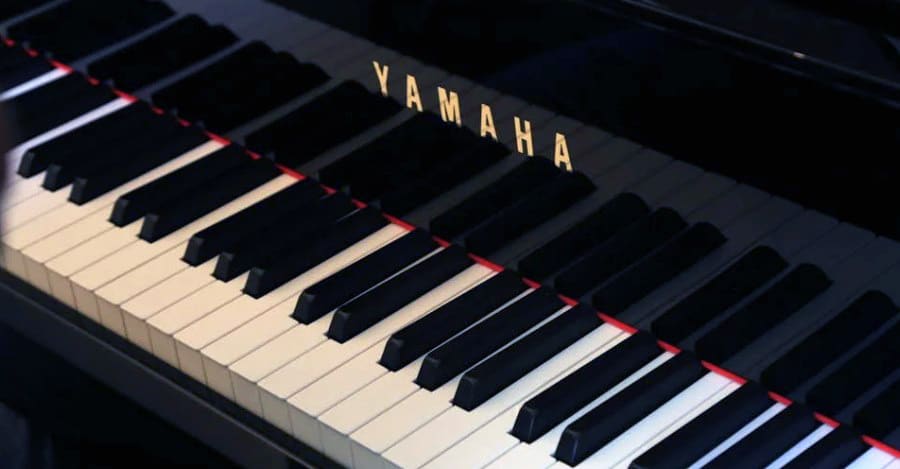
USB to Host: The USB to Host connectivity allows me to connect directly to a computer or iPad, opening the door to vast possibilities in recording, editing, and playing along with music software.
Additional Ports: The piano provides standard MIDI ports, headphone jacks, and auxiliary outputs, making it easy to connect to external speakers or recording equipment. These options ensure I can easily transition from a solo practice session to a full band performance without missing a beat.
Learning and Functionality
Exploring the learning and functionality aspects of the Yamaha YDP-105 digital piano reveals its thoughtful features designed to enhance the practice experience. These include innovative recording technologies and built-in modes that cater specifically to beginners and advanced pianists.
Built-In Lessons and Modes
I find the integrated learning features quite impressive. The built-in metronome is a gem for someone like me who enjoys maintaining perfect rhythm and timing. It acts like a musical drill sergeant! There’s also a handy Duo Mode, allowing two people to play simultaneously.
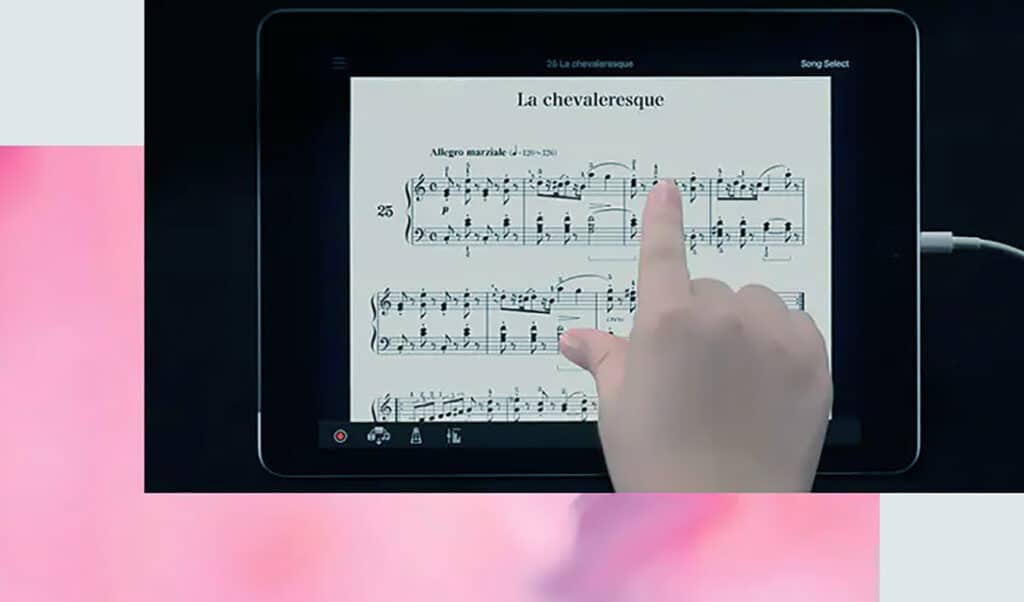
With Duo Mode, the keyboard splits into two equal ranges, which is perfect for student-teacher interactions. Students can hear and mimic their instructor’s style without chaos, promoting effective practice.
Pianist styles and voice guide features further enrich the learning process. This makes it an engaging playground for any pianist eager to learn, paving the way to mastering complex compositions at their own pace with guidance.
Recording and Playback Features
The Yamaha YDP-105 offers a recording function that is simply invaluable. Capturing my performance allows for self-assessment and reflection.
I can clearly hear my progress and identify areas needing improvement. The playback feature adds another layer; it’s like having a personal music reviewer pointing out the hits and misses.
Practice enhancements include the ability to record multiple takes and compare them, which is priceless for a pianist striving for perfection. The Piano Room function permits changes to tonal quality and resonance, allowing me to experiment with sounds and create a unique auditory aura.
Yamaha's Digital Piano Advantages
Yamaha’s digital pianos offer significant benefits, including realistic key action and convenient features like a volume limiter and various accessories. Let’s dive into the details!
Comparison with Acoustic Pianos
Sound Quality: One highlight of Yamaha’s digital pianos is their ability to replicate the rich sound of the CFIIIS Concert Grand Piano. Traditional acoustic pianos can be bulky and expensive, while digital versions provide similar sounds without these downsides.
Key Action: The Graded Hammer Standard (GHS) keyboard action, seen in the YDP-105, mimics the heavier touch of acoustic pianos, delivering a natural feel. This makes it easier to transition between digital and acoustic pianos when practicing.
Maintenance: Digital pianos require little to no maintenance compared to acoustic pianos, which need regular tuning. I’ve found it’s easier to own a digital piano without worrying about weather-induced tuning issues.
Yamaha P-155
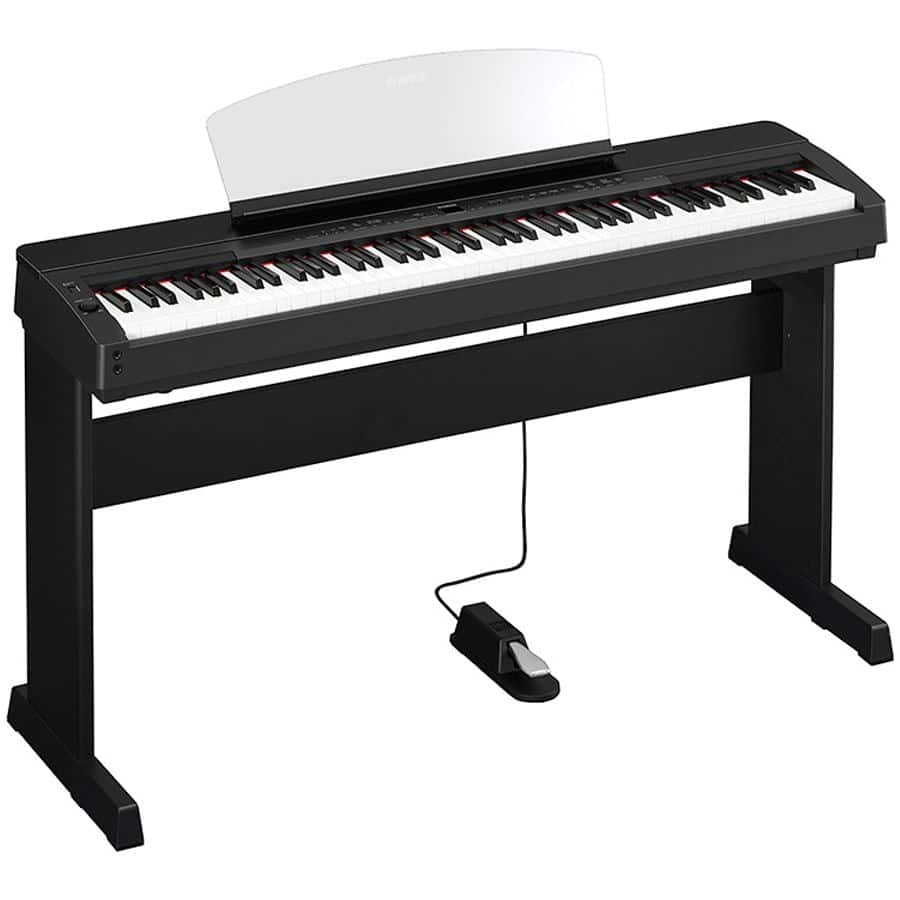
FEATURES: features weighted keys that simulate the feel of an acoustic piano
OTHER INFO: offers a wide range of voices and accompaniment styles
- Its lightweight and sleek design make it easy to transport and fit into smaller spaces
- The weighted keys provide a realistic playing experience
- Limited Advanced Features
When you click ‘Check Price’, you’ll see there are loads of great places to buy this item. Our personal favorite is Sweetwater for the US, and Thomann and Gear4Music for the UK & Europe.
They are the largest music retailers, with excellent customer service, competitive prices, really fast shipping, and the longest guarantees.
The professional musician who wrote this article combined many things,
from the product build, manufacturer’s reputation through to feedback
from other users, to create our famous TedScore™.
Accessories and Additional Features
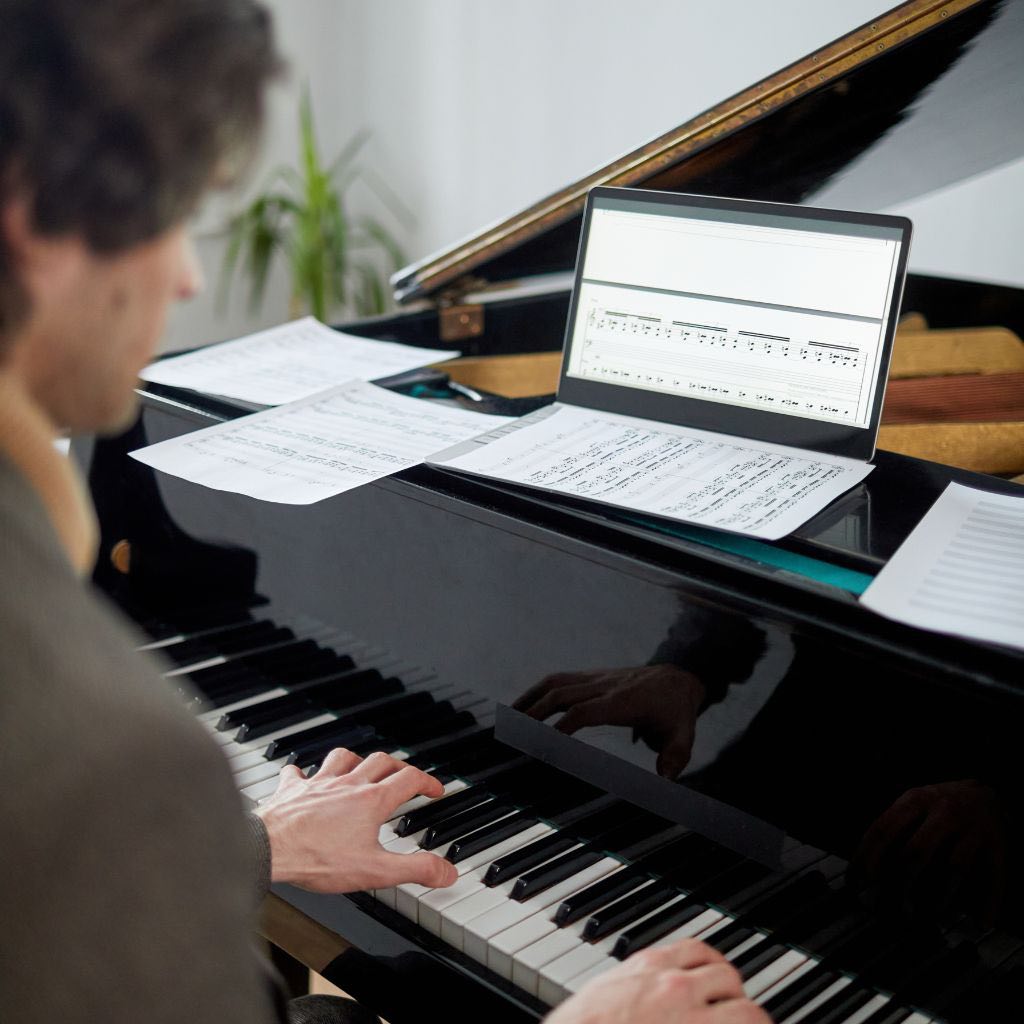
Pedals: Many Yamaha digital pianos come with multiple pedals, like sustain and soft, enhancing playability and expression. The YDP-105 includes essential pedals that mirror the functionality found in high-end acoustic models.
Volume Control: A volume limiter ensures you can practice anytime without disturbing others, a clear advantage over traditional pianos. I appreciate this feature—it is perfect for late-night sessions!
Additional Accessories: Yamaha’s offerings often include valuable accessories, such as music stands and dust covers, ensuring a complete setup. A digital piano’s portability and reduced weight compared to an acoustic one make it easier to move and handle.
By balancing these advantages, Yamaha digital pianos present a compelling alternative for both novices and experienced players seeking flexibility and convenience.
Yamaha Piano 105
Overview
Pedals: Many Yamaha digital pianos come with multiple pedals, like sustain and soft, enhancing playability and expression. The YDP-105 includes essential pedals that mirror the functionality found in high-end acoustic models.
Volume Control: A volume limiter ensures you can practice anytime without disturbing others, a clear advantage over traditional pianos. I appreciate this feature—it is perfect for late-night sessions!
Additional Accessories: Yamaha’s offerings often include valuable accessories, such as music stands and dust covers, ensuring a complete setup. A digital piano’s portability and reduced weight compared to an acoustic one make it easier to move and handle.
By balancing these advantages, Yamaha digital pianos present a compelling alternative for both novices and experienced players seeking flexibility and convenience.
FAQ's
The P-105 comes packed with 14 preset voices and 10 built-in drum patterns. I find this gives me more variety than most digital pianos in this price range.
The piano includes a metronome, transpose function, and dual/layer mode. The dual mode lets me combine two different voices for a richer sound experience.
I can adjust the key action between four settings: Hard, Medium, Soft, and Fixed. This feature helps the piano grow with my playing style as I improve.
The P-105 offers 128 notes of polyphony. This means every note I play gets heard without cutting short, even during complex pieces.
The sound samples use Advanced Wave Memory recording technology from Yamaha’s CFIIIS Concert Grand Piano. This creates a fuller, more realistic acoustic sound than many other recording methods.
The keys have realistic texture, which is a big advantage over Yamaha’s P35 model. I notice the graded and weighted keys feel great under my fingers.
The main drawback I’ve found is that the speakers are somewhat small and can’t produce a large, reverberating sound. The keys also make a little noise when pressed very hard.
At just 16.6 kilograms, I can move this piano around easily. This makes it much more portable than many comparable models.
I can download the complete owner’s manual as a PDF from ManualsLib. This gives me access to all 28 pages of instructions and specifications.
Yamaha’s official website offers the owner’s manual download. The manual includes setup instructions and feature explanations.
For quick answers, I can use AI-powered Q&A services that work with the P-105 manual. This helps me find specific information without reading through the entire manual.
The P-105 weighs 16.6 kilograms, making it light enough to move with one hand. This weight makes it perfect for musicians who need to transport their instrument regularly.
The piano’s compact design fits well in most home spaces. I can easily set it up on a table or purchase a matching stand for a more permanent setup.
The owner’s manual contains complete dimensional specifications. This helps me plan exactly where the piano will fit in my room.
Most users describe the P-105 as versatile and capable of serving both beginners and experienced pianists. The easy-to-use features and realistic key action get consistent praise.
Players appreciate the attractive LED display where important switches have LED backlights. This makes it easy to see which functions are active during practice or performance.
The main complaints focus on speaker volume and key noise. However, most users agree that the sound quality makes up for the volume limitations.
When buying used, I should check that all keys respond properly and feel consistent. The graded weighting should feel heavier in lower keys and lighter in higher keys.
I need to test all 14 voices and the dual/layer functions. Making sure the LED display works correctly helps me know the electronics are in good condition.
The included accessories typically are an AC Power Adaptor PA-150 and footswitch. I should verify these items come with a used piano or factor their cost into my budget.


